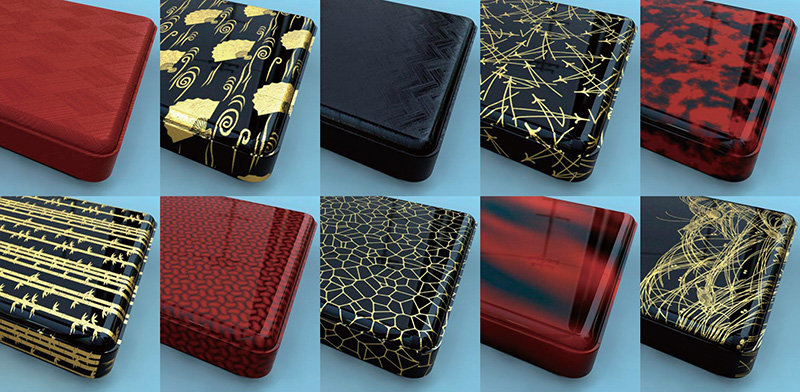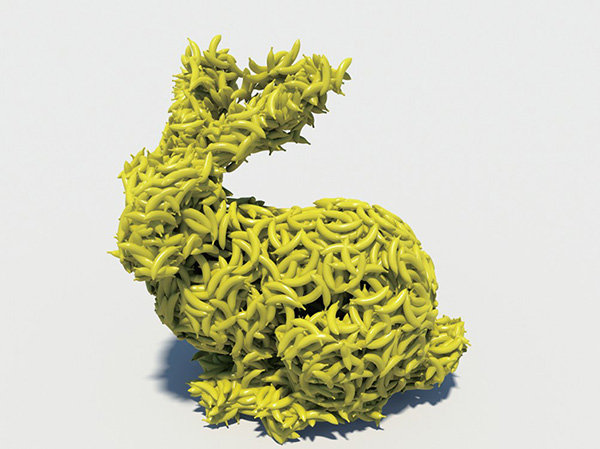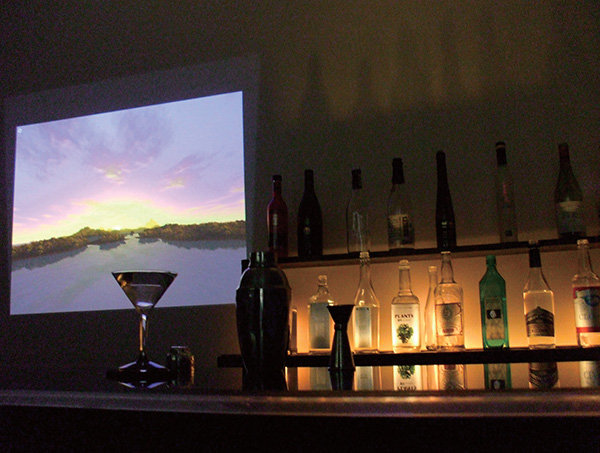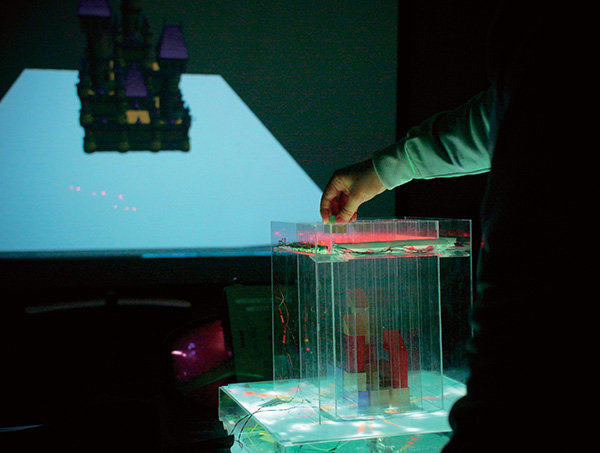
Make it fun with media technology
This Lab is not accepting student after October 2025MIYATA Laboratory
Professor:MIYATA Kazunori
E-mail:
[Research areas]
Visual Computing, Fun Computing
[Keywords]
Computer Graphics, Media Art, Interactive System, VR, Kansei Engineering, Material Perception, Creative Activity Support
Skills and background we are looking for in prospective students
Basic knowledge (math, physics, English), just a little expertise, and intellectual curiosity.
What you can expect to learn in this laboratory
CG technology is a fundamental technology that has already deeply penetrated into our lives. Therefore, CG technology itself will expand and improve as media and interface technology. What will be important from now is to consider carefully both how and to what we can apply the existing technology, and how it can be used to improve our lives. We try to provide education not focusing on technology, but focusing on knowledge creation, including what is necessary for knowledge to be of value to others, what kind of problems exist, and how to solve problems. Students in JAIST have a wide range of backgrounds. I hope all students here will interact with as many people as possible to improve themselves.
【Job category of graduates】
printing company, electrical appliance manufacturer, game developer, internet service company, software developer
Research outline

Figure 1 Japanese Lacquerware
We are interested in computer graphics (CG), especially in procedural modeling and material expression along with the development of interactive systems combining media technology and sensing devices. In order to produce new methods of expression, we employ CG technology and technology in surrounding fields.

Figure 2 Procedural Modeling
Visual Computing
Our research interest includes procedural moーdeling, material representation, animation, non-photorealistic rendering, and image processing. We also cover the research fields relating Kansei engineering and creation support. Figure 1 shows an example of representing gold leaf and Japanese lacquer faithfully using Spectral Bidirectional Reflectance Distribution Function (S-BRDF). Figure 2 is an example of a procedural modelling aggregates such as piles that consist of arbitrary components.
Fun Computing
“Fun Computing” is a coined term that means the use of media technology to entertain people. Fun computing may motivate people to engage in more physical activity or perform burdensome work in a fun manner. For example, Landscape Bartender (Figure 3) is a system that generates landscapes using a cocktail analogy. With this system, users generate landscapes by combining "ingredients.
"In Tsumiki Castle (Figure 4), players can create their own decorative castle in a virtual world, by only stacking simple physical blocks in the system.
 Figure 3 Landscape Bartender |
 Figure 4 Tsumiki Castle |
Key publications
- Eric N. Bailey, Kazunori Miyata, Tetsuhiko Yoshida, "Gender Composition of Teams and Studios in Video Game Development," Vol.16, Issue1, 42-64, Game and Culture, 2021
- Naoki Kita, Kazunori Miyata, "Magic sheets: Visual cryptography with common shares," Vol.4, No. 2, pp.185-195, Computational Visual Media, 2018
- Kaisei Sakurai, Kazunori Miyata, "Modelling of Non-Periodic Aggregates Having a Pile Structure," Vol. 33, Issue 1, 190-198, Computer Graphics Forum, 2014
Equipment
VR ready PCs,
HMDs (Vive, Occulus Go, PSVR, etc.)
Projectors
Milling machine, 3D printers,
Licenses for a wide range of major 3DCG software, Maya and Rhinoceros, for use in experiment and validation of media expressions.
Teaching policy
Student progress in my laboratory should very much be a function of proactive thinking. However, it is often the case that students have not yet developed this type of thinking when they enter graduate school; therefore, I recommend that they participate in a groupwork as a place to learn how to work on research. After participating in a groupwork, students continue their research along their individual themes. Throughout their research, I discuss the themes that students have proposed to give ongoing advice tailored to their individual projects. I believe that a top-down approach does not give them a chance to grow.
[Website] URL:https://www.jaist.ac.jp/~miyata/LabHP/index.html